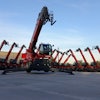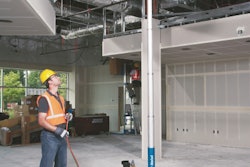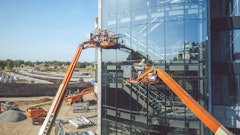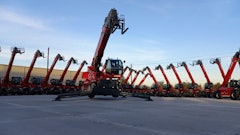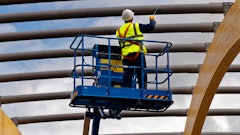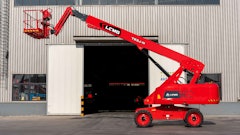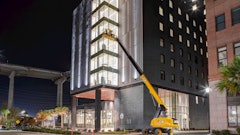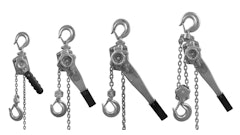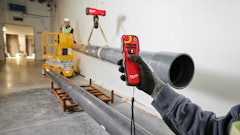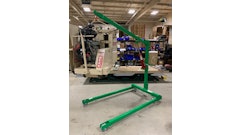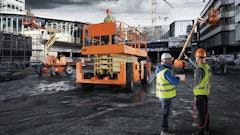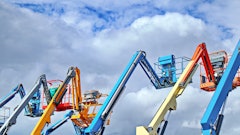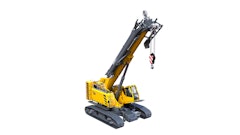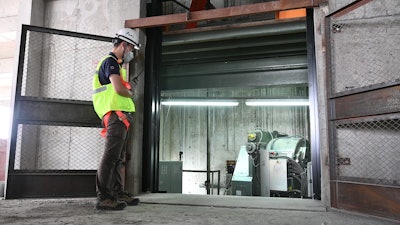
Schindler has announced several updates for the Schindler CLIMB Lift. Schindler CLIMB Lift is a self-climbing, vertical transportation system that can be used in high-rise construction to move people and goods. The system has been featured on over 170 elevators, with further deliveries scheduled for contractors and developers.
“Our original Schindler CLIMB Lift is over 20 years old, but during that time we’ve introduced several improvements and it keeps getting better. The data we’ve published – taken from real world projects – show the efficiency gains our Schindler CLIMB Lift can generate," said Stefan Weber, head of large projects operations at Schindler.
"Not only does Schindler CLIMB Lift enable the earlier completion of work overall, but it also allows the façade to be closed sooner during the construction phase. This allows developers to let space much earlier than would otherwise be possible."
Design Updates
Schindler has updated the Schindler CLIMB Lift, extending compatibility with the Schindler 5500 and Schindler 7000. By offering CLIMB Lift with the Schindler 5500, the product is now capable of serving smaller buildings of 150 meters and below. In particular, the Schindler 5500 CLIMB Lift has been designed for Machine-Room-Less (MRL) elevator applications. The design, which was derived from the Schindler 7000 CLIMB Lift, doesn’t require a lifting platform.
Schindler has also introduced a new design option, enabling integration with the building’s formwork during construction. By integrating the lifting platform and crash deck of the Schindler CLIMB Lift with the formwork, the entire system stays closer to the top of the building as construction advances. The first delivery of the Schindler CLIMB Lift with the integrated option will go to the construction of Elbtower in Hamburg, Germany.
“The extension of the Schindler CLIMB Lift to the Schindler 5500 and our integrated solution for connecting with building formwork are just two examples of how continuous innovation is bringing greater value to our customers. It’s now suited to a wider range of projects and its improvements bring tangible gains to construction projects,” said Weber.
The Schindler CLIMB Lift is certified for EN81-20, the EU design test certificate. The certification for A17.1, the ASME Design Review Certificate in the US, is expected to be completed in September.
Performance
Schindler CLIMB Lift sits inside a high-rise construction’s elevator shaft, so its ability in moving people and materials is not dependent on the shape of the building. The Schindler CLIMB Lift can travel approximately five times faster than a typical external hoist: up to 5 m/s versus 1 m/s of an external hoist. Data also shows that in a typical hour, an external hoist can move up to 260 people, while the Schindler CLIMB Lift can move 600. Similarly, the average load carried by an external hoist is 20,800 kg per hour, while for Schindler CLIMB Lift it is 48,000 kg.
“When working methods are ingrained, people can often be reluctant to change,” said Weber.
“But on projects where Schindler CLIMB Lift has featured the advantages over traditional external hoists are remarkable. And more and more real estate investors, developers, and general contractors are showing interest.”

